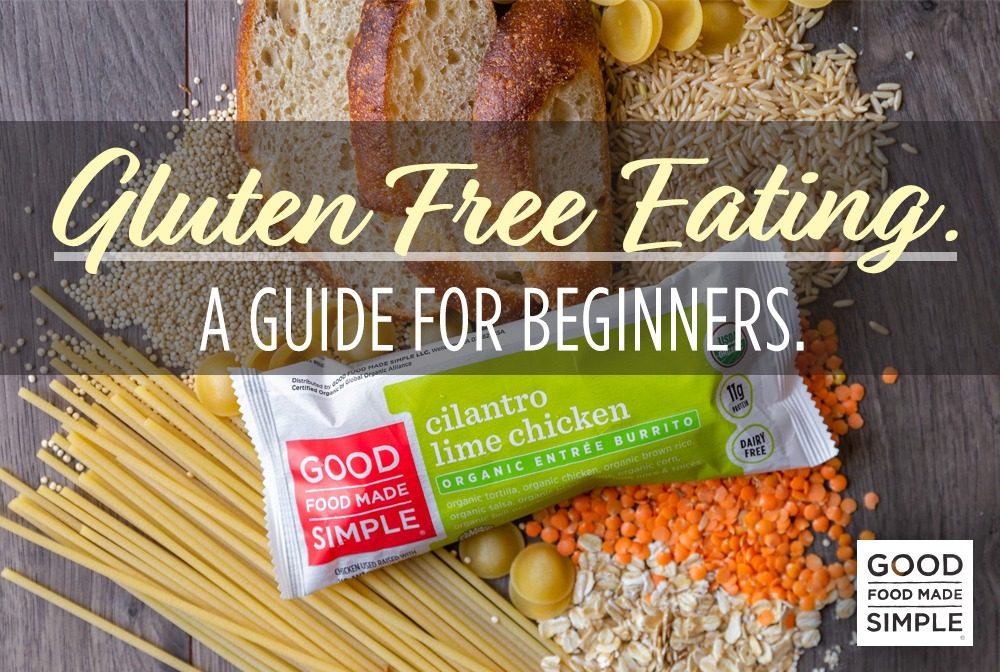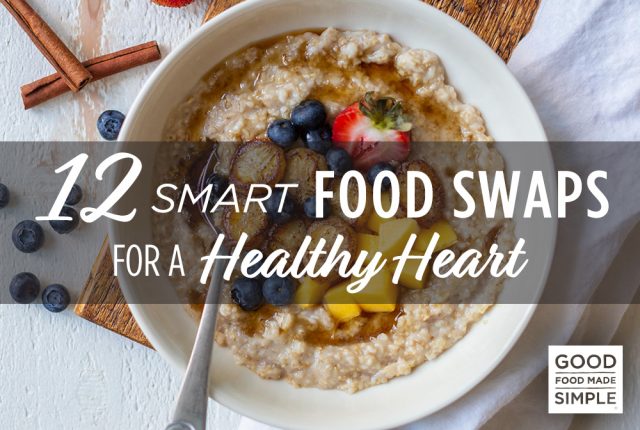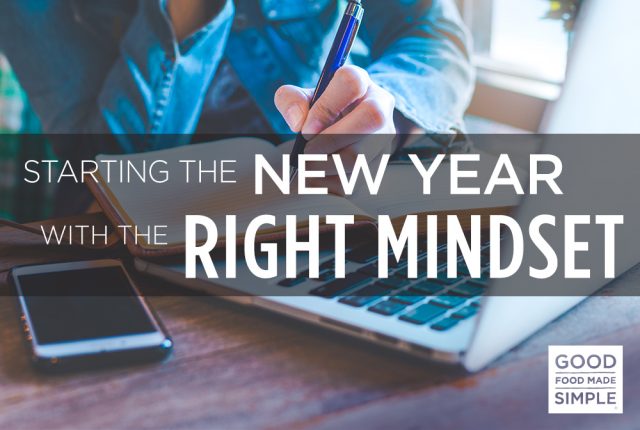
25 Active Date Ideas
While going on dates can certainly be fun, a typical night out with a romantic partner often ends up being focused on eating ...
read more
One of the most popular food trends the U.S. has seen over the last few years is eating a gluten-free diet. For many, they’ve ditched gluten even before it was trendy. About 1 perfect of Americans have celiac disease, an autoimmune disorder that affects the digestive process of the small intestine. People with celiac cannot consume gluten, and often experience abdominal pain, bleeding, diarrhea, fatigue, or anemia.
Another portion of the population is gluten insensitive, which is not as severe as celiac but also leads to various health problems if gluten — a protein found in wheat, barley, or rye — is ingested. Insensitivity symptoms are similar to those with celiac and include digestive problems, headaches, rashes, brain fog, and fatigue.
So what about the rest of the population that medically can eat gluten? One in five Americans says they try to eat gluten-free and one in six avoid it altogether, even if they don’t have a sensitivity or disease.
While it’s largely up for debate, many health experts say eating a gluten-free diet isn’t necessarily healthier, nor is it recommended for weight loss. That said, if you eat a balanced diet and still consume healthy carbs, there’s no reason eliminating gluten can harm your body. It’s all about adding foods that are nutritious, versus only thinking about what you are eliminating.
So whether you are celiac, have a gluten sensitivity, or simply are interested in seeing what your body will feel like if you eliminate wheat, barley, and rye from your diet, here are some tips to do it the right way.
Know what’s off limits. The first step is to understand the basics: where does gluten typically live? Gluten is a protein, and the following grains and starches that naturally contain the gluten protein include:
Read the labels carefully. Gluten can be tricky. While it’s easy to identify certain foods are gluten-filled, like bread, pasta, and baked goods, gluten tends to hide in a lot of unsuspected places, such as soy sauce, soups, and salad dressings. Make sure to read every label closely, and also familiarize yourself with ingredients that are “code words” for gluten. These include dextrin, yeast extract, and caramel color (which is often made with barley).
Some additional, surprising foods that can contain gluten include:
Talk directly to chefs. If you’re going out to eat and could get very sick if you eat gluten, the best thing you can do is talk directly to the chef or cook in the kitchen. Even if certain meals on a menu sound gluten-free, oftentimes foods are cooked in pans or pots that have contained gluten for other dishes, and cross-contamination can occur. This applies to the bar as well. If a pint glass that had a beer in it wasn’t thoroughly rinsed, even something safe like an apple cider could contain hints of gluten. The best thing you can do is to dine at an establishment where the entire restaurant is gluten-free so you run into no risk of becoming contaminated. Luckily, these eateries are becoming more and more popular.
Get creative with your own cooking. If you love carbs but hate gluten, don’t worry. With a little creativity and practice, you can make satisfying meals that contain healthy carbohydrates. For starters, grains like brown rice, quinoa, millet, oatmeal, and teff are naturally gluten-free. Make a stir fry or salad with any of these. For baking, there are gluten-free “flour” alternatives for bread and baked goods, but often need a few special ingredients and some practice to get the texture just right. Gluten-free flours also exist and often contain a combination of modified tapioca starch, potato starch, whole brown rice flour, whole sorghum flour, and cornstarch. It won’t taste exactly like the real thing, but it will be pretty darn close. Add some avocado on top and you won’t notice the difference!
Make a plan when going out. If you’re heading to a wedding, dinner party, or another outing that will involve food, plan ahead. If it’s a restaurant, call the establishment to find out if there are foods for you to eat. If you’re attending a wedding or another event, see if you can find out details about the menu. It’s always better to be safe than sorry, so carrying emergencies snacks is key if you aren’t able to eat what’s offered. Bring a handful of raw nuts, a sandwich in a gluten-free wrap, or a homemade quinoa salad with fresh veggies.
Think about what you can add, not what has been taken away. If you’re being forced to go gluten-free, it’s easy to get stuck in thinking about what you no longer can eat, versus new opportunities for foods to add to your diet that you might be neglecting. Use a gluten-free diet as the chance to cook with newer-to-you gluten-free grains. Try making a veggie quiche with a gluten-free crust or even a frozen meal. Cook more veggies and eat more fruit smoothies. And don’t neglect healthy proteins either. With a little planning and prep, you’ll be adding way more nutritious foods into your diet while keeping gluten at bay.
Whether you have celiac disease, are gluten-intolerant, or simply feel healthier when eating a gluten-free diet, there are ways to eat well in order to stay healthy and full of energy. By planning ahead, getting creative in the kitchen, and knowing what’s on or off limits, you’ll be surprised to learn that gluten-free eating isn’t as hard as it might sound.

25 Active Date Ideas
While going on dates can certainly be fun, a typical night out with a romantic partner often ends up being focused on eating ...
read more
12 Smart Food Swaps For A Healthy Heart
February is American Heart Month, and one of the best ways to maintain good heart health is to watch what you eat. Instead of...
read more
Starting the New Year With the ‘Right’ Mindset
With the holiday finally over and the new year upon us, I’d be shocked if you haven’t thought about New Year's Resoluti...
read more